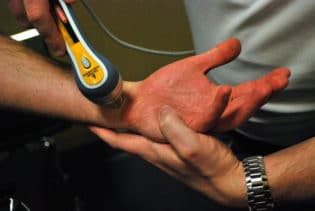 01 Apr 2021
01 Apr 2021
Cold Laser
Cold Laser may be used following surgery or injury to increase healing and decrease inflammation.
*Sprained Ankles
*Surgical Recovery
BY: Ian Stone
chiropractic / chiropractor / cold laser / injury / Uncategorized
COMMENTS: No Comments
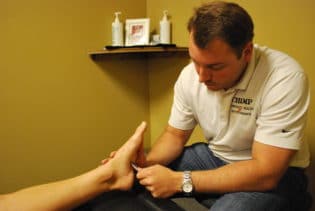 01 Apr 2021
01 Apr 2021
Graston Technique
Overview of Graston Technique® Therapy
Soft tissue injuries can be debilitating and frustrating. Graston Technique® (GT) therapy is successful in effectively treating all soft tissue conditions, whether they are chronic, acute or post- surgical. GT therapy can help you enjoy life again.
Our unique technique and instruments enable the treatment of scar tissue and fascial restrictions during rehabilitation that allows for faster rehabilitation and with greater success when the goal is restoring range of motion, eliminating pain, and restoring normal function.
Dr. Stone has been certified and practicing Graston Technique since 2009. Dr. Ian is certified in both modules of Graston.
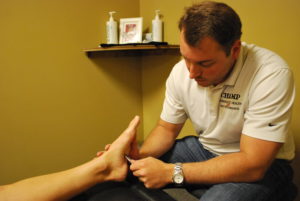
Dr. Stone at CHAMP Chiropractic utilizes Graston for:
- Plantar Fasciitis
- Ankle Pain (Achilles Tendinosis/itis)
- Wrist Pain (Carpal Tunnel Syndrome)
- Neck Pain (Cervical Sprain/Strain)
- Fibromyalgia
- Hamstring Injuries
- Hip Pain
- IT Band (Iliotibial Band)
- Tennis Elbow (Lateral Epicondylosis/itis)
- Back Pain (Lumbar Sprain/Strain)
- Golfer’s Elbow (Medial Epicondylosis/itis)
- Knee Pain (Patellofemoral Disorders)
- Heel Pain (Plantar Fasciitis)
- Shoulder Pain (Rotator Cuff Tendinosis/itis)
- Scar Tissue
- Trigger Finger
- Women’s Health (Post-Mastectomy and Caesarean Scarring)
BY: Ian Stone
chiropractic / chiropractor / feet / fitness / graston / injury / Physical Therapy
COMMENTS: No Comments
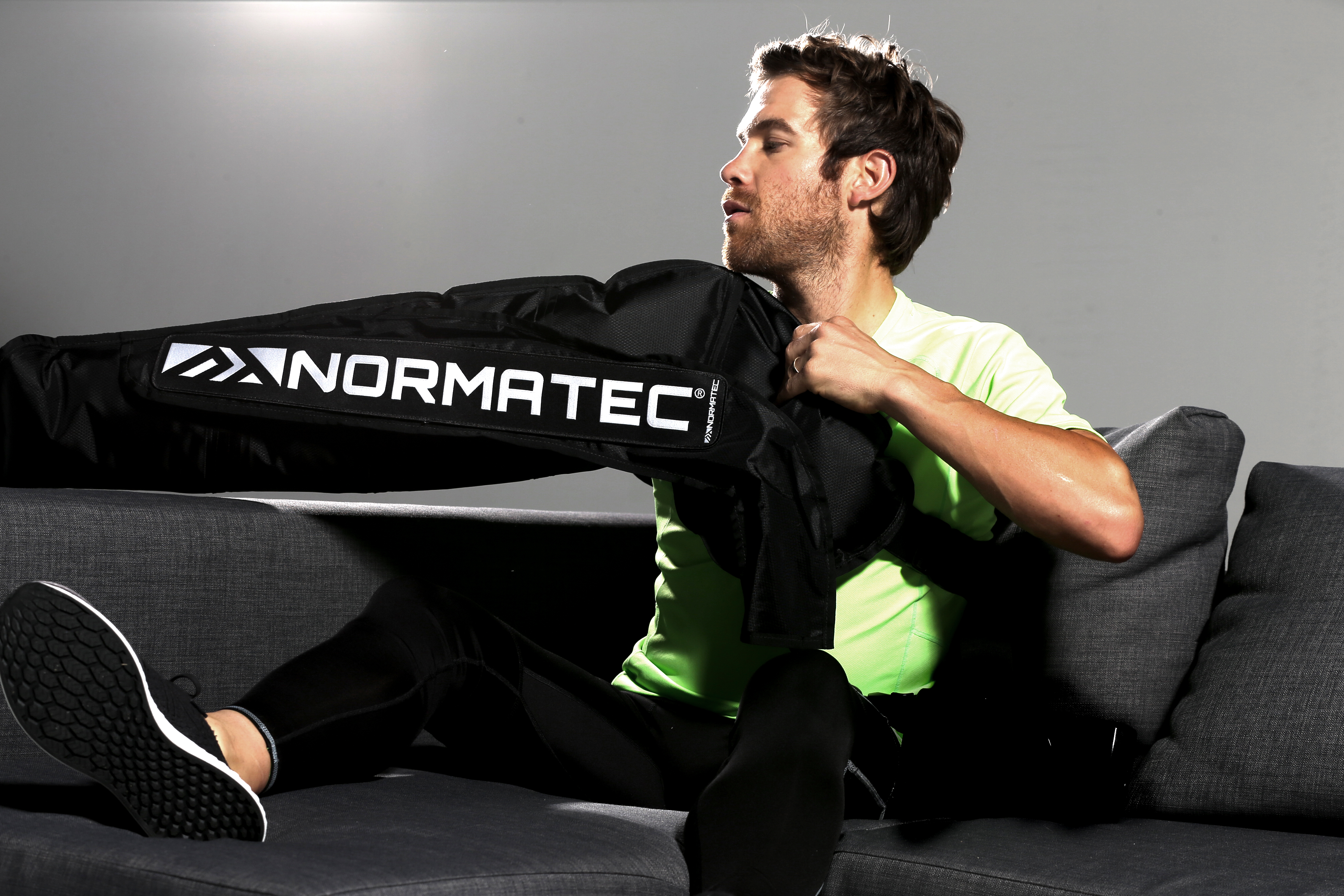 01 Apr 2021
01 Apr 2021
What is Norma Tec?
NormaTec is the leader in rapid recovery—our systems give a competitive edge to the world’s elite athletes, coaches, and trainers. The goal of NormaTec is to establish recovery as an integral part of every athlete’s training. The NormaTec PULSE Recovery Systems are dynamic compression devices designed for recovery and rehab. The NormaTec system use their patented PULSE technology to help athletes recover faster between trainings and after performance.
NormaTec is championed by elite athletes but is beneficial for active people at all levels.
NormaTec systems include a control unit and attachments which go on the legs, arms, or hips. They use compressed air to massage your limbs, mobilize fluid, and speed recovery with our patented NormaTec Pulse Massage Pattern. When you use the system, you will first experience a pre-inflate cycle, during which the connected attachments are molded to your exact body shape. The session will then begin by compressing your feet, hands, or upper quad (depending on which attachment you are using). Similar to the kneading and stroking done during a massage, each segment of the attachment will first compress in a pulsing manner and then release. This will repeat for each segment of the attachment as the compression pattern works its way up your limb.
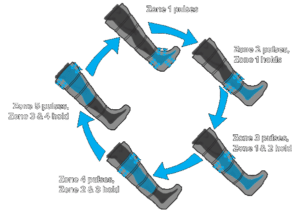
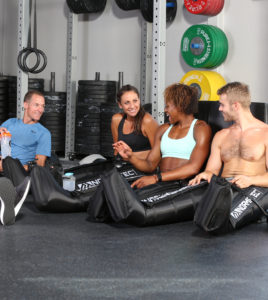
The NormaTec Pulse Massage Pattern starts in the foot, hand, or lower hip and moves upwards zone-by-zone massaging the limb and mobilizing fluid out of the extremities.
Created by a physician bioengineer (MD, PhD) to enhance blood flow and speed recovery, NormaTec Pulse Massage Pattern employs three key techniques to maximize your recovery:
PULSING: Instead of using static compression (squeezing) to transport fluid out of the limbs, Sequential Pulse Technology uses dynamic compression (pulsing). Our patented pulsing action more effectively mimics the muscle pump of the legs and arms, greatly enhancing the movement of fluid and metabolites out of the limbs after an intense workout.
GRADIENTS: Veins and lymphatic vessels have one-way valves that prevent fluid backflow. Similarly, NormaTec Pulse Technology uses hold pressures to keep fluids from being forced in the wrong direction. Because of this enhancement, instead of tapering pressure off, the PULSE and PULSE PRO can deliver maximum pressure in every zone.
DISTAL RELEASE: Because extended static pressure can be detrimental to the body’s normal circulatory flow, Sequential Pulse Technology releases the hold pressures once they are no longer needed to prevent backflow. By releasing the hold pressure in each zone as soon as possible, each portion of the limb gains maximal rest time without a significant pause between compression cycles.
BY: Ian Stone
chiropractic / chiropractor / fitness / injury / Physical Therapy / Uncategorized / wellness
COMMENTS: No Comments
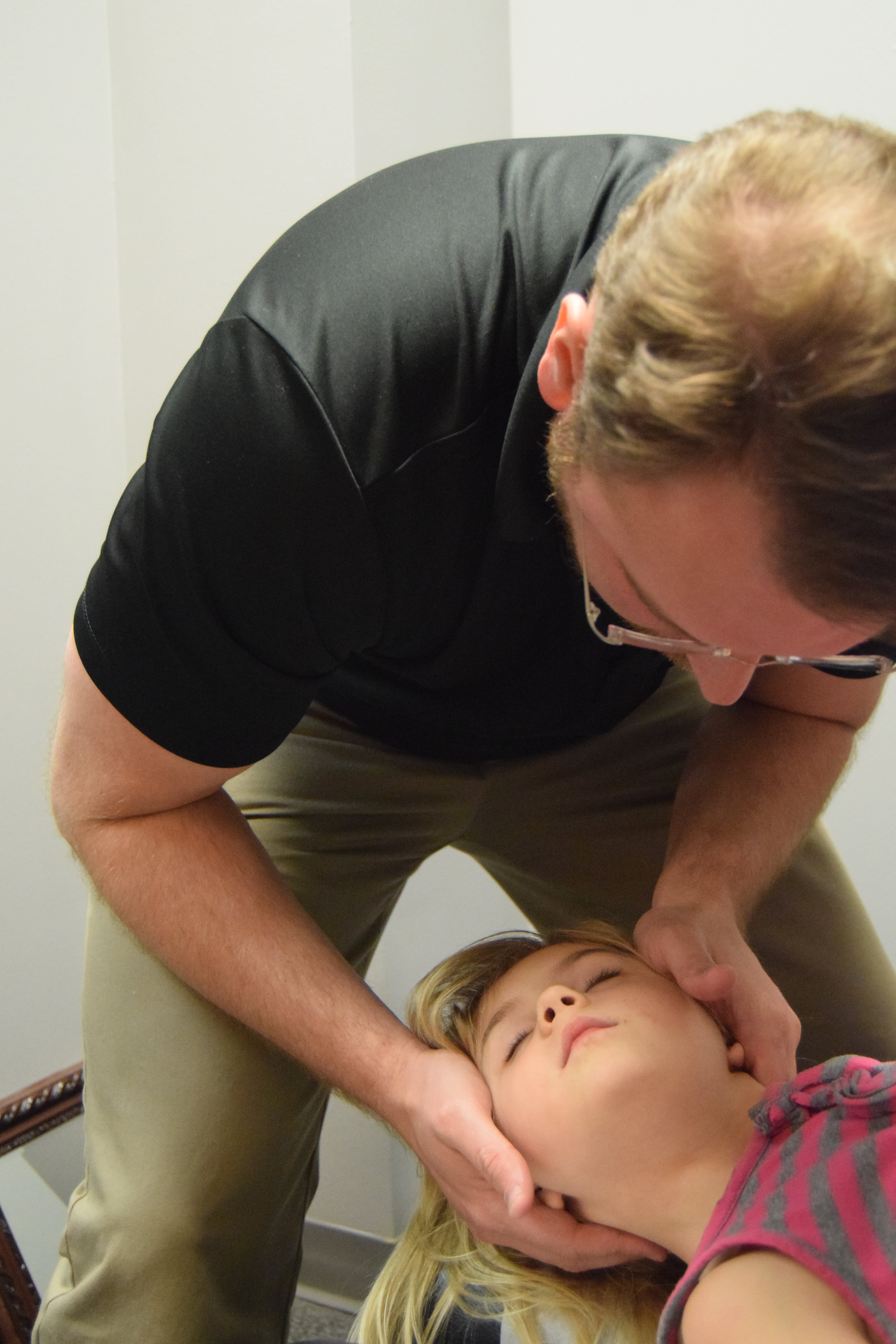 14 Jul 2017
14 Jul 2017
Young Athletes and Chiropractic Care
Young Athletes at Work and Play
If your kids participate in sports, he or she is likely working the body quite aggressively. Dr. Stone at CHAMP Chiropractic truly specializes in athletes from young children to professionals with the weekend warrior in the middle. Dr. Stone focuses on biomechanics and works with musculoskeletal, soft tissue, and joint injuries and weaknesses causing compensation. Dr. Stone will help you make sure your child is ready for the upcoming season.
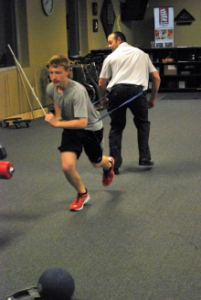
There is no denying that student athletes today are in rigorous training regimens and practice schedules. Coaches and trainers have put Ferrari engines in our youngsters to maximize their sport performance, but has anyone looked at how they are using this power aka their biomechanics? Are their hips hinging properly to avoid back and knee injuries? Is the scapula moving freely or is there winging and causing compensatory movement increasing stress on the shoulder? Are the knees diving inward when jumping and increasing the stress on the ACL? Just to name a few of the most common issues.
Let’s make sure the power of their Ferrari engine is housed by an equally strong musculoskeletal system. A simple functional movement screening is often eye-opening as it pertains to great, young athletes. The more athletic a child is, they will find ways to adapt to still function on the same level as their peers and unknowingly are setting themselves up for future serious injury. Whether your child is new to a sport or is a seasoned travel sport enthusiast, a functional movement screen can help ensure they are on the healthiest path.
To schedule a Functional Movement Screening, Free Consultation or Appointment, give us a call at 317-219-4980 or CLICK HERE.
From July 15- Augus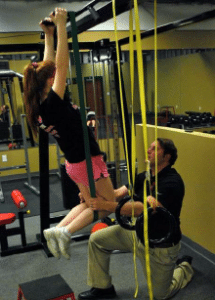 t 15, 2017 CHAMP Chiropractic is offering free kid’s chiropractic (limit 3 visits, under age 15).
t 15, 2017 CHAMP Chiropractic is offering free kid’s chiropractic (limit 3 visits, under age 15).
Learn more about chiropractic for other ages
BY: Ian Stone
chiropractic / chiropractor / fitness / Fitness Consulting / injury / kids chiropractic / wellness
COMMENTS: No Comments
Safe Tablet Use for Kids
Chiropractic for Kids in School, Smart & Safe Tablet Use
You’re probably doing it right now! Using a mobile device to read. I’m sure by now you are aware that the way people typically look at phone and tablets can be quite detrimental to the back and neck. Did you know that cell phone use can double or triple the weight of your head and can strain your neck? Are you currently tiling your head forward to look down at your device? With schools in our area using ipads for learning in and out of the classroom, have you noticed your kids place the ipad on their lap and looking down?
Cell phones and tablets are changing the way our kids access the materials they need in school. The use of these devices influences our posture and body mechanics in unhealthy ways that contribute to neck, upper back, shoulder, and arm pain. Furthermore, poor posture while sitting, standing, walking, or in a static position can lead to more than upper body pain and stiffness—poor posture affects other parts of the spine, such as the middle and low back.
How much does a human head weigh?

Typically, an adult human head weighs between 10 and 12 pounds and an elementary aged kid’s head is around 5 pounds. As the head tilts or angles forward, the cervical spine’s (neck) muscles, tendons, and ligaments support the head during movement and when static (such as holding the head in a forward tilted position.) Even the neck’s intervertebral discs are involved and help absorb and distribute the forces exerted on the neck.
How much heavier is the human head when tilted forward?
Dr. Kenneth K. Hansraj, MD, Chief of Spine Surgery at New York Spine Surgery and Rehabilitation Medicine, created a computer model of the cervical spine. In an article published in Surgical Technology International, he reported that this model showed that the strain on your neck rises as the forward angle of your head increases.
- At 15 degrees of forward tilt may equate to a head weighing 27 pounds.
- At 30 degrees forward, the strain on the neck equals a 40 pound head.
- The greater the angle, the greater the strain: 45 degrees forward equals 49 pounds of strain, and 60 degrees forward equals 60 pounds.
Now consider the fact that the average person is holding his or her head forward to look at a phone or read a tablet for 2 to 4 hours a day, according to Dr. Hansraj. Teenagers spend even more time each day looking down at their devices, he added. As you tilt your head, you also move your shoulders forward into a rounded position, which is another aspect of poor posture. All this excess strain creates extra wear and tear on the structures of the neck, upper spine and back, and contributes to/can lead to severe spinal degeneration that may require surgery. Chiropractic adjustments at an early stage can prevent degeneration.
Postural awareness a positive first step

Making good posture a habit can help prevent neck or back pain from developing, along with related posture and biomechanical problems. Good posture means that your head is upright, your ears are in line with your shoulders, and your shoulder blades are down and retracted. At CHAMP Chiropractic we can assess your child’s posture when using their tablet, provide exercises to improve posture, and strengthen stabilizing muscles.
Here are some tips you can implement right now.
- First, don’t use your cell phone or your tablet for extended computer work, according to Stanford University’s Environmental Health and Safety Department.
- Place the tablet on a table top surface and use a case that props the tablet on 45 degree angle.
- When you use a cell phone, instead of bending your head to look down at it, raise your phone level to or just below your face.
To book a free consultation at CHAMP Chiropractic you can call 317.219.4980 or click HERE. At CHAMP consultations are always free but now through August 15, 2017 children under 15 can get up to three free adjustments.
Learn more about chiropractic for other ages
BY: Ian Stone
chiropractic / chiropractor / kids chiropractic / wellness
COMMENTS: No Comments
Chiropractic Care for Infants
Even the Youngest Spines Need Care
I was fortunate enough to adjust my newborn daughter moments after her birth. Subluxation or vertebral joint misalignment occurs in babies too.
Being born is quite the ordeal, for mom and baby, so it’s not unreasonable to acknowledge that the baby’s body has had an equally stressful time entering the world. One study of 5-day-old infants suffering from insomnia, vomiting, and hyperactivity found that 95 percent of them suffered from a spinal subluxation!
As an adult you likely have a preconceived notion that a chiropractic adjustment requires too much force for an infant. However, chiropractic adjustments for infants and even young toddlers is radically different than what you experience as an adult. Our gentle chiropractic adjustments are safe even for these new arrivals, putting the baby on the right course toward a healthier life.
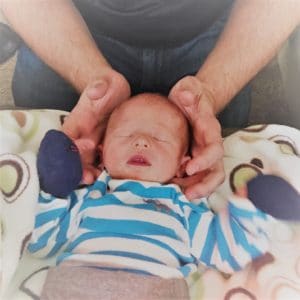
Infants, babies, toddlers, and small children have plenty of opportunities for bumps, spills and falls as they explore their world. Unfortunately, these jolts to the system can cause additional alignment problems. Regular spinal screenings at CHAMP Chiropractic allow for incremental adjustments to keep little bodies on track and help the nervous system to function more efficiently. This, in turn, improves digestive, immune, urinary and other system functions, reducing problems such as:
- Colic
- ADHD
- Allergies
- Constipation and/or bedwetting issues
- Common infections such as ear infections
- Asthma
Choosing infant chiropractic care can start your child’s life on the best path. However, I’m sure you have more questions. At CHAMP Chiropractic Dr. Stone offers a free consultation. He will talk to you about what infant chiropractic care looks like and can even talk to you before the baby is born. CHAMP Chiropractic is offering free adjustmente for children under age 15 through August 15, 2017. You can book an appointment online HERE or give us a call at 317-219-4980.
Visit our other blogs about other ages and chiropractic.
School Age
BY: Ian Stone
chiropractic / chiropractor / kids chiropractic / wellness
COMMENTS: No Comments
Why do Kids Need Chiropractic Care?
Why do kids need chiropractic care?
Many people primarily think of chiropractic care as a treatment for middle-aged sciatica sufferers or seniors with arthritis pain, and may not realize the benefit of spinal adjustments for kids. The reality is that children will benefit their whole lives from chiropractic screenings and adjustments.
If your kiddo is like mine, he or she is sitting upside down on couches, rolling off the foot stool and more. Kids are active, and it’s easy to assume that their bodies don’t need any additional attention. I’m pretty sure your kid isn’t complaining of lower back pain from bending over to pick up their toys (they’re just complaining in general- not related); however, there is great value in maintaining proper spine alignment.
Chiropractic adjustments for kids can help ensure optimal balance, coordination, nerve signaling, and health. That’s why CHAMP Chiropractic and Dr. Stone is offering a special opportunity for free kid’s adjustments for the next 30 days.
Learn more about specific age ranges and the benefits of kid’s chiropractic care.
- Chiropractic care for infants
- Chiropractic care for toddlers/preschoolers/school-age (Tablets) (Backpacks)
- Chiropractic care for young athletes

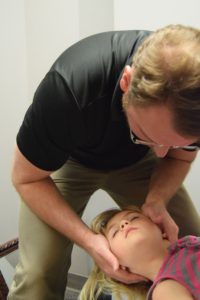

Whether you get chiropractic care yourself or you just want the best care for your kids, Dr. Stone at CHAMP Chiropractic can help your family feel better. At CHAMP Chiropractic, Dr. Stone provides free consultations for all new patients (kids and adults), but the opportunity for three free treatments expires August 15, 2017.
Introduce your kids to a healthier life at an early age by calling 317.219.4980 or schedule an appointment online. HERE
We look forward to meeting with you!
BY: Ian Stone
chiropractic / chiropractor / injury / kids chiropractic / wellness
COMMENTS: No Comments
Backpack Safety
Backpack Safety
School poses many more situations that challenge the youthful spine. One of the most common problems in back, neck, and shoulder strain is due to the heavy backpacks kids are forced to lug around every school day. The use of overweight backpacks is a contributing factor, according to the American Chiropractic Association (ACA). In fact, the U.S. Consumer Product Safety Commission has previously reported that backpack-related injuries sent more than 7,000 people to the emergency room in one year’s time. Periodic spinal checkups can monitor the effects of backpack use on the spine and allow our chiropractor to make helpful adjustments. We can also educate you and your kids on how to take proper precautions when using backpacks.
Dr. Scott Bautch, a member of the ACA’s Council on Occupational health has noted “… a marked increase in the number of young children who are complaining about back, neck and shoulder pain…” directly related to carrying a backpack.
The ACA believes that limiting the backpack’s weight to no more than 10 percent of a child’s body weight and urging the use of ergonomically correct backpacks are possible solutions.
What Can You Do?
ACA offers the following tips to help prevent the needless pain that backpack misuse could cause the students in your household.
- Make sure your child’s backpack weighs no more than 5 to 10 percent of his or her body weight. A heavier backpack will cause your child to bend forward in an attempt to support the weight on his or her back, rather than on the shoulders, by the straps.
- The backpack should never hang more than four inches below the waistline. A backpack that hangs too low increases the weight on the shoulders, causing your child to lean forward when walking.
- A backpack with individualized compartments helps in positioning the contents most effectively. Make sure that pointy or bulky objects are packed away from the area that will rest on your child’s back.
- Bigger is not necessarily better. The more room there is in a backpack, the more your child will carry-and the heavier the backpack will be.
- Urge your child to wear both shoulder straps. Lugging the backpack around by one strap can cause the disproportionate shift of weight to one side, leading to neck and muscle spasms, as well as low-back pain.
- Wide, padded straps are very important. Non-padded straps are uncomfortable, and can dig into your child’s shoulders.
- The shoulder straps should be adjustable so the backpack can be fitted to your child’s body. Straps that are too loose can cause the backpack to dangle uncomfortably and cause spinal misalignment and pain.
- If the backpack is still too heavy, talk to your child’s teacher. Ask if your child could leave the heaviest books at school, and bring home only lighter hand-out materials or workbooks.
- Although the use of rollerpacks – or backpacks on wheels – has become popular in recent years, ACA is now recommending that they be used cautiously and on a limited basis by only those students who are not physically able to carry a backpack. Some school districts have begun banning the use of rollerpacks because they clutter hallways, resulting in dangerous trips and falls.
If you or your child experiences any pain or discomfort resulting from backpack use, consider visiting me, Dr. Stone, at CHAMP Chiropractic. Doctors of Chiropractic are licensed and trained to diagnose and treat patients of all ages and will use a gentler type of treatment for children. In addition, I can also prescribe exercises designed to help children develop strong muscles, along with instruction in good nutrition, posture and sleeping habits.
Schedule a free consultation by called 317-219-4980 or click here to book online.
Learn more about other ages and chiropractic care.
BY: Ian Stone
chiropractic / chiropractor / injury / kids chiropractic / pain / wellness
COMMENTS: No Comments

